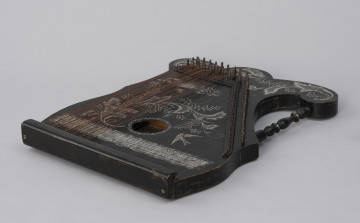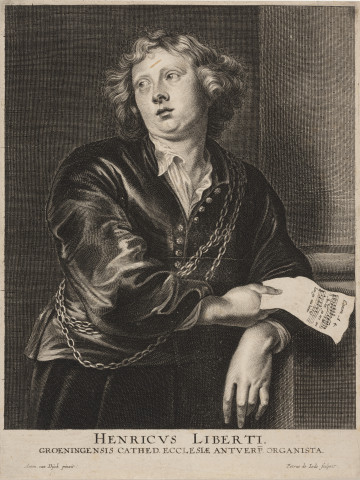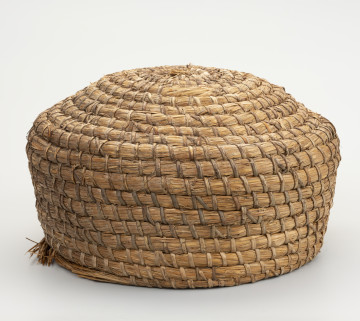
Zither
1901 — 1945
National Museum in Szczecin
Part of the collection: Material culture of West Pomerania
Devil’s fiddle was a folk musical instrument known mostly from Kashubia, but it was also played in other regions, e.g., Kurpie and Masuria. It can be classified as a chordophone, meaning a string instrument. The sound was produced by plucking the strings and rhythmically striking the instrument on the ground. What was characteristic about devil’s fiddle was not only its unusual appearance but also the fact that they were not used as much for playing the music as for making noise, a ritual uproar. It was believed in the past that the sounds of devil’s fiddle, resembling the moans of damned souls or the clanking of chains had the magical power to ward off demons. For this reason, they were used during the rituals associated with the feast of the dead and bidding farewell to the Old Year. It was also played during Christmas, Easter and carnival periods. Today, the devil’s fiddle lost its ceremonial meaning and is only used as a percussion instrument in Kashubian folk bands. The presented devil's fiddle is one of two such objects in the collection of the Department of Ethnography of Pomerania of the National Museum in Szczecin. It was made in the first half of the 20th century. The fiddle is made from a long board shaped like a violin, ended with a decoration in the form of a round monster’s (devil’s?) face painted with red and black paint. It has six strings made from metal wire. It comes from the pre-war collections of the Pommersches Landesmuseum Stettin.
Agnieszka Słowińska
Author / creator
Dimensions
cały obiekt: height: 168 cm, width: 25,5 cm
Object type
musical instrument
Creation time / dating
Creation / finding place
Identification number
Location / status

1901 — 1945
National Museum in Szczecin

circa 1632
National Museum in Szczecin

1965
National Museum in Szczecin
DISCOVER this TOPIC
Museum of King Jan III's Palace at Wilanów
DISCOVER this PATH
Educational path